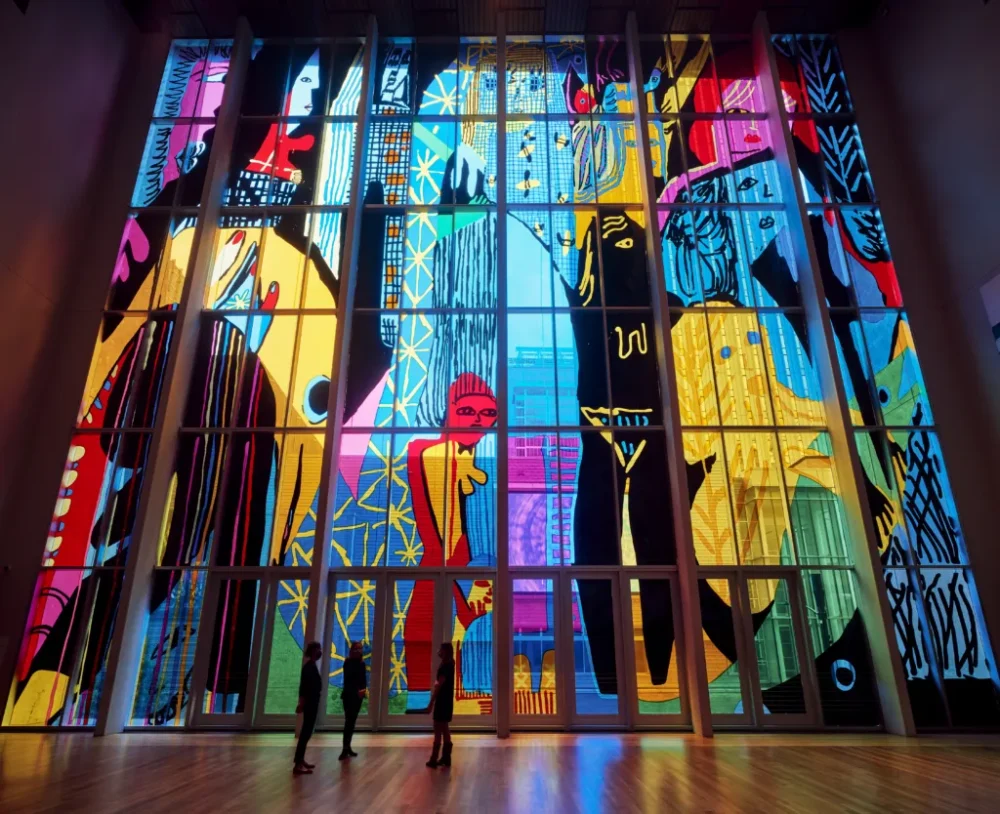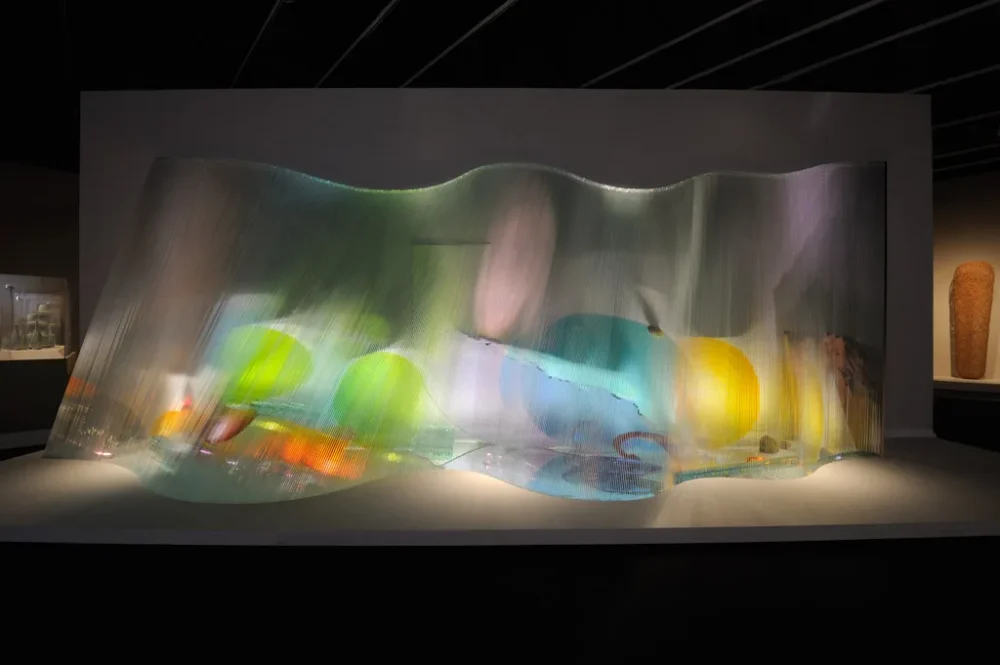Patterns of History
February 2 - September 6, 2021
Mint Museum Randolph
February 2 - September 6, 2021
Mint Museum Randolph
One of the most popular collections of The Mint Museum is its quilt collection.
The bulk of the collection came as a single donation by Fleur Bresler for whom the Fiber Gallery at Mint Museum Uptown is now named. Two Mint Museum special exhibitions have featured those quilts and others have been displayed at both museum locations over the years.
The appeal of quilts is widespread. Quilts made by a family member or ancestor are handed down and cherished. Quilts tell stories; sometimes literally, and their execution can be simple or elaborate; plain or extravagant; and their purpose practical, or not. Quilter and scholar Carolyn Mazloomi noted that quilts have traditionally been viewed as a folk-art tradition of self-taught artists. But “quilting artists blurry the line between “high” art and “low” art, and allow for artists who have been habitually marginalized to participate in the contemporary Western art world.” The remarkable new addition to the Mint collection, Elizabeth Talford Scott’s Shield, is a testimony to this.
One of the most popular collections of The Mint Museum is its quilt collection. Quilting patterns infuse the work of artist of all types. John Biggers Wheel in Wheel and Michele Tejoula Turner’s Babalawo in galleries at Mint Museum Uptown reveal how embedded these patterns and designs are in American culture.
To quote historian Cuesta Benberry: “The history of America runs like a thread through the American quilt patterns.” Primarily considered woman’s work, quilting is part of so many American communities – African American, Native American, European immigrant, and influenced by even more. A ripe area of research still being mined, quilt patterns reflect our shared experience and the unique contributions of communities of quilters. The changing names of the patterns reveal that history as we learn more of name origins and how those names changed over time and why. Dr. Carolyn Ducey of the International Quilt Museum in Nebraska lamented in a recent email that historically, “unfortunately, most women’s objects are not documented!” However, the patterns are documented, and are documentation themselves.
The Mint Museum Library has been gifted with a wide variety of resources on quilting over the last decade. Donors, like Fleur Bresler mentioned previously, have donated references for quilts along with the quilts themselves. A fellow quilter and friend of Bresler, Frances Parrack, in particular has been a generous donor to the library of quilting exhibition catalogs, how-to manuals, quilt histories, pattern references and patterns themselves. The items on display just skim the surface of the Mint library’s materials on quilting available to the community.
Unknown artist, 19th century. “Love Apple” applique pattern, circa 1876, Brookville, PA. Paper, cotton thread, newsprint . Gift of Frances Parrack.
Michele T. Turner (American, 1956–). Babalawo, circa 2006, paint, gourd. Gift of Dana Martin Davis in honor of DVA Charlotte. 2015.14

Ongoing
Mint Museum Uptown

Permanent Collection
Mint Museum Uptown